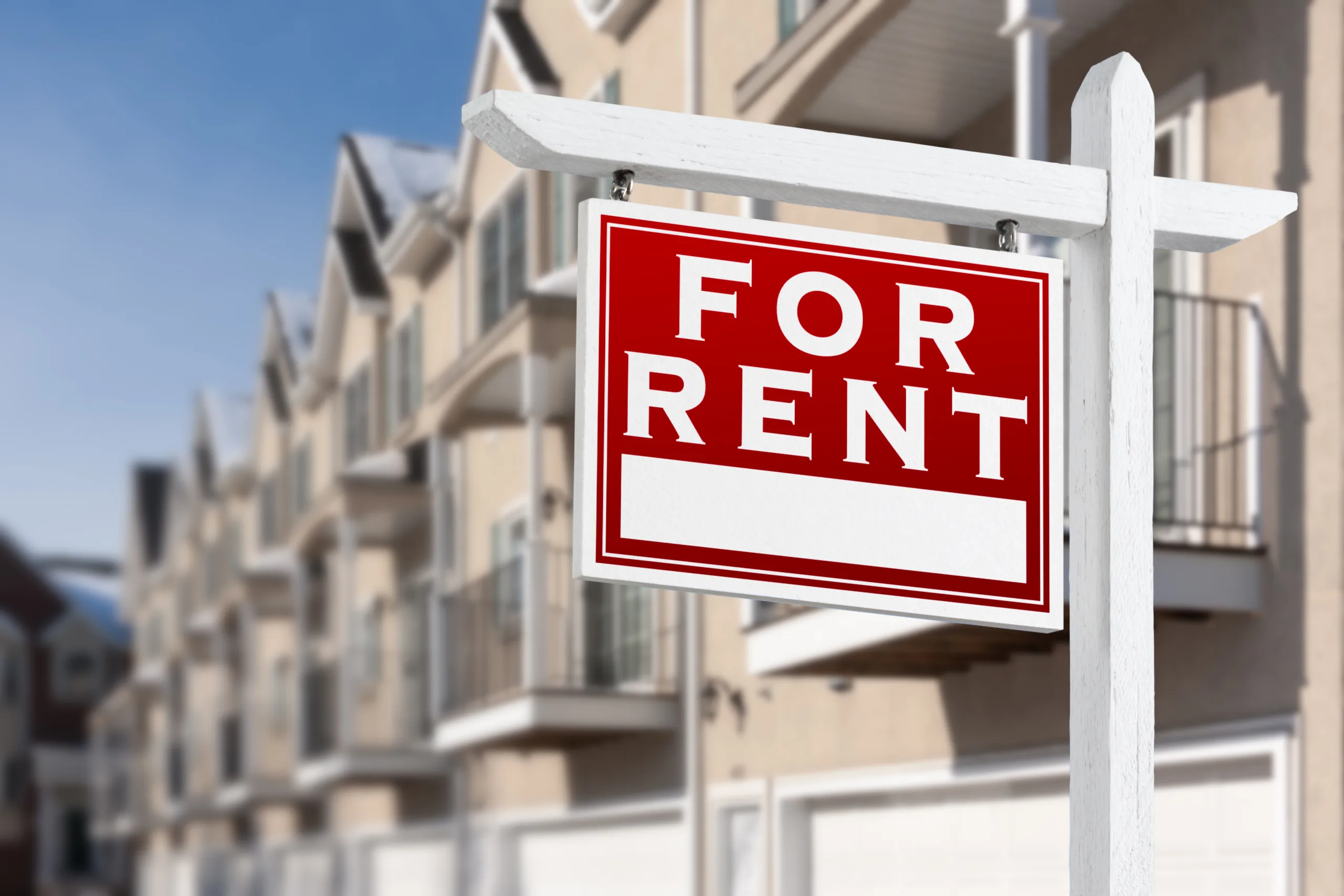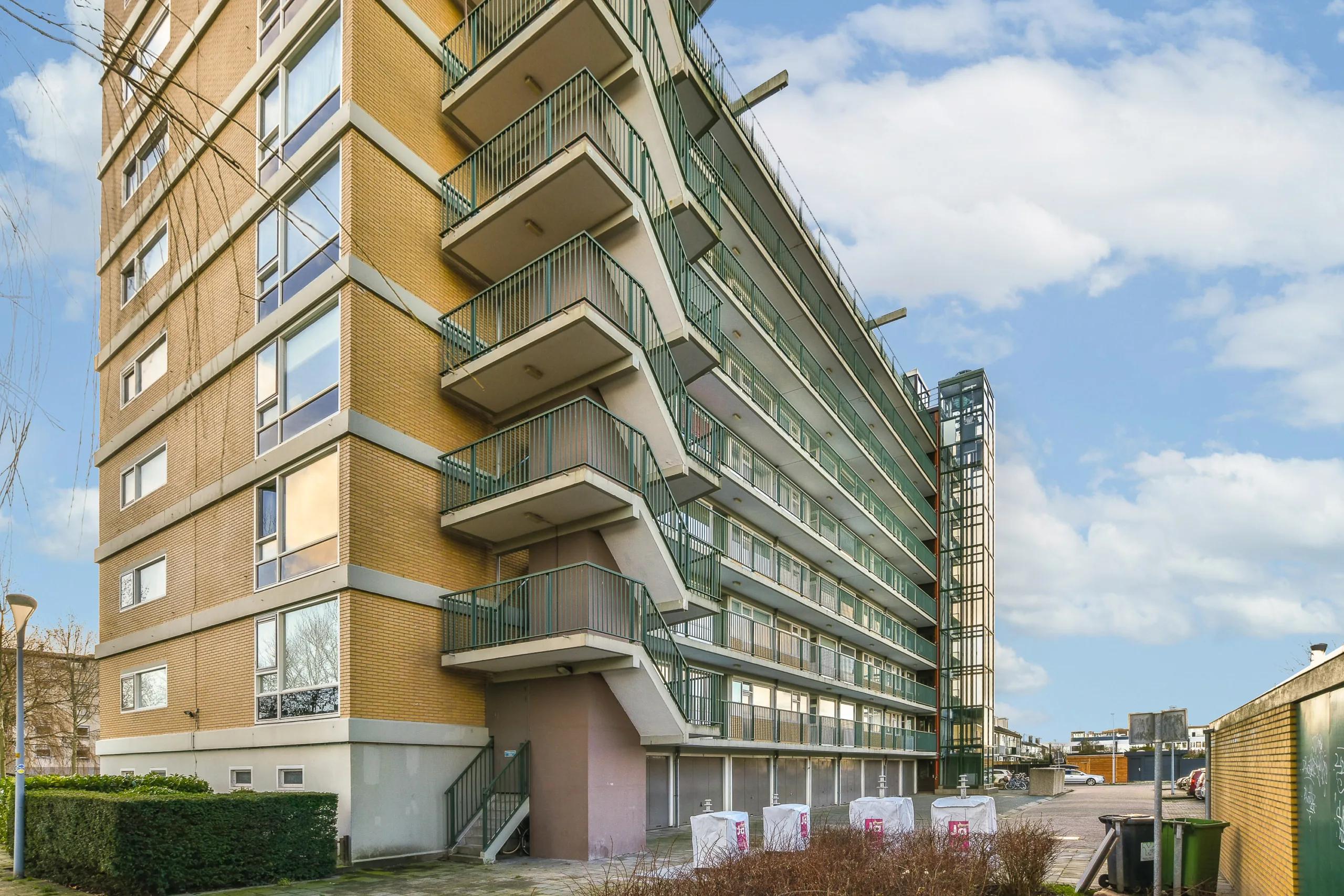- The Fed’s 25-basis-point rate cut has drawn CRE investor focus to the 10-year Treasury, where movement could significantly impact financing and investment volumes.
- If yields remain around 4%, CRE activity may strengthen, especially with healthy lending conditions and steady capital liquidity.
- Sector outlooks vary: retail and industrial show resilience, office demand could benefit from return-to-office trends, while multifamily may see softened demand due to a weakening labor market.
The Federal Reserve recently cut the overnight interest rate by 25 basis points, reports GlobeSt. It also signaled that more cuts could be on the way. These moves are reshaping the near-term outlook for commercial real estate. Investors are now closely tracking the 10-year Treasury, a key benchmark for CRE financing costs.
According to Marcus & Millichap’s John Chang, the 10-year Treasury could either rise due to increased US Treasury issuance or remain range-bound around 4%. The latter scenario would support investment activity, as financing remains comparatively attractive.
Liquidity Outlook
Debt markets remain active, and lender spreads have stayed tight, providing investors with a short-term window to secure favorable financing terms. Chang noted that even amid broader market volatility, capital availability remains robust.
Get Smarter about what matters in CRE
Stay ahead of trends in commercial real estate with CRE Daily – the free newsletter delivering everything you need to start your day in just 5-minutes
The Employment Factor
One reason behind the Fed’s rate cut is a cooling labor market. Chang does not foresee a severe downturn. However, a mild recession could still materialize. It would likely resemble the early 2000s more than the 2008 financial crisis. In such a case, CRE space demand is expected to hold up.
Interestingly, slower job growth could indirectly support office demand. Return-to-office momentum continues to build, and national office absorption has remained positive for five consecutive quarters.
Retail And Industrial Stay Strong
Despite signs of economic slowing, consumer spending has remained resilient. Inflation-adjusted core retail sales have grown 2.2% year-over-year, driven by categories like restaurants, apparel, and e-commerce. Low household debt levels and elevated savings rates are reinforcing retail space demand, while the continued strength of online sales benefits the industrial sector.
Multifamily Faces Mixed Signals
Multifamily absorption has been historically strong over the past year, but future demand could cool. If Treasury yields remain low, easing mortgage rates could pull some renters into homeownership. A key risk lies in rising unemployment among renters aged 20–24, now at 9.2%, which may slow new household formation.
Still, a slowdown in new apartment deliveries could help stabilize the sector by keeping supply and demand more balanced.
Bottom line
CRE performance in the coming months depends on the direction of the 10-year Treasury. It also hinges on key economic indicators like employment and consumer spending. While risks remain, the current rate environment and steady capital markets give investors room to maneuver.


















